Increased Accessibility
The Online Fine Art Market experiences a notable increase in accessibility, allowing art enthusiasts and collectors to engage with artworks from diverse geographical locations. This accessibility is facilitated by various online platforms that showcase a wide array of art styles and mediums. As of 2025, it is estimated that over 70 percent of art buyers utilize online platforms for their purchases, indicating a shift in consumer behavior. This trend suggests that the Online Fine Art Market is becoming more inclusive, enabling artists to reach broader audiences and collectors to discover unique pieces that may not be available in traditional galleries. The convenience of browsing and purchasing art online has transformed the way individuals interact with art, fostering a more dynamic and interconnected art community.
Technological Advancements
Technological advancements play a pivotal role in shaping the Online Fine Art Market. Innovations such as augmented reality and virtual reality are enhancing the online viewing experience, allowing potential buyers to visualize artworks in their own spaces before making a purchase. Furthermore, the integration of artificial intelligence in art curation and recommendation systems is streamlining the buying process, making it easier for consumers to find art that aligns with their preferences. As of 2025, it is projected that the use of technology in the Online Fine Art Market will continue to grow, with an increasing number of platforms adopting these tools to enhance user engagement. This evolution not only improves the purchasing experience but also encourages more individuals to explore and invest in art, thereby expanding the market.
Rise of Social Media Influence
The rise of social media influence significantly impacts the Online Fine Art Market, as platforms like Instagram and Pinterest serve as vital channels for artists to showcase their work and connect with potential buyers. This trend has led to a democratization of art, where emerging artists can gain visibility and recognition without the need for traditional gallery representation. As of 2025, it is estimated that nearly 60 percent of art buyers discover new artists through social media, highlighting the importance of these platforms in shaping consumer preferences. The Online Fine Art Market is thus increasingly intertwined with social media dynamics, where trends can rapidly shift based on viral content and influencer endorsements. This phenomenon not only drives sales but also fosters a sense of community among artists and collectors.
Growing Interest in Art Investment
The growing interest in art investment is a significant driver for the Online Fine Art Market. As more individuals seek alternative investment opportunities, art is increasingly viewed as a viable asset class. Reports indicate that art prices have appreciated steadily over the past decade, attracting investors looking for diversification in their portfolios. In 2025, it is anticipated that the Online Fine Art Market will see a surge in investment-driven purchases, as platforms provide transparent pricing and historical data to assist buyers in making informed decisions. This trend suggests that the perception of art is evolving from mere aesthetic appreciation to a strategic financial investment, thereby expanding the market's reach and appeal.
Sustainability and Ethical Practices
Sustainability and ethical practices are becoming increasingly important within the Online Fine Art Market. As consumers become more environmentally conscious, there is a growing demand for artworks that reflect sustainable practices, such as the use of eco-friendly materials and support for local artisans. In 2025, it is projected that a significant portion of art buyers will prioritize sustainability when making purchasing decisions, influencing artists and galleries to adopt more responsible practices. This shift not only aligns with broader societal trends but also enhances the reputation of the Online Fine Art Market as a forward-thinking sector. By embracing sustainability, the industry can attract a new demographic of buyers who value ethical consumption, thereby fostering long-term growth.
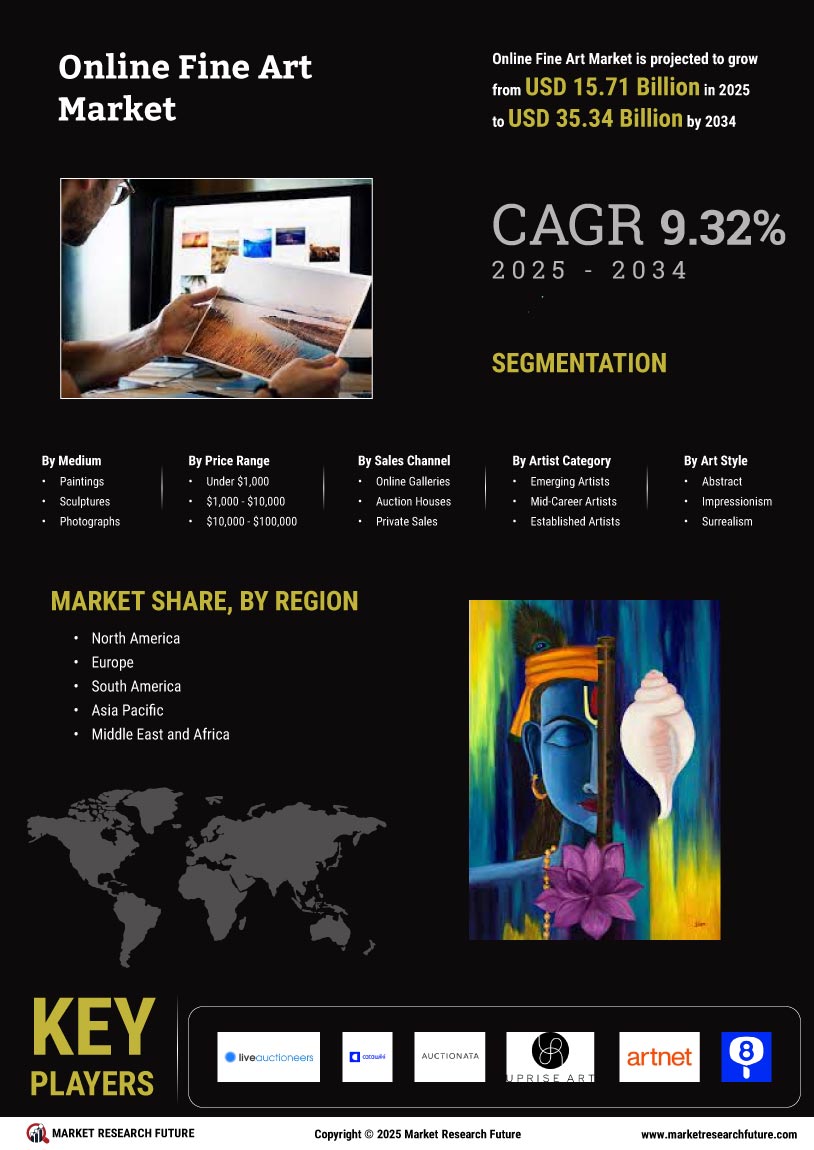

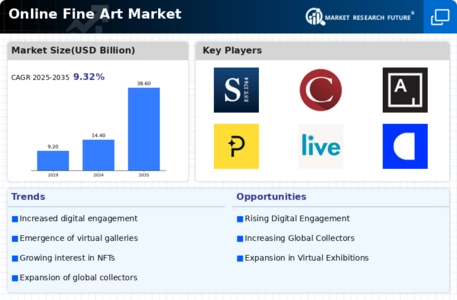
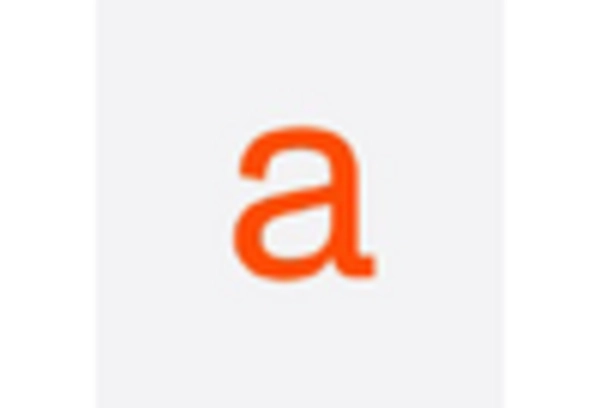
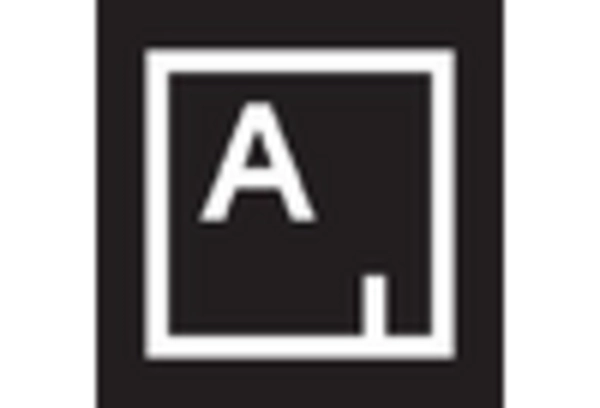
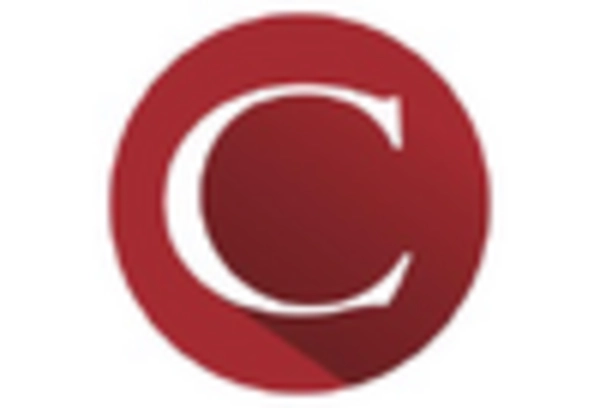
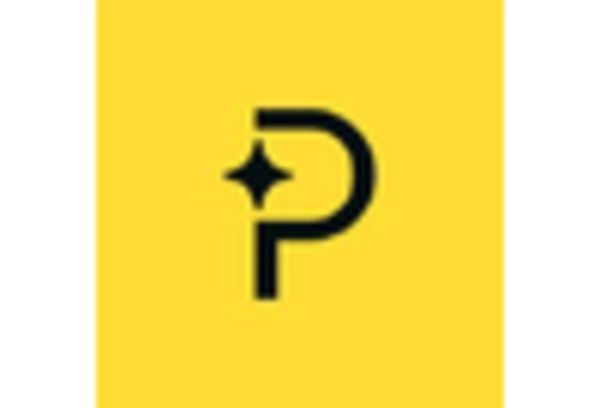
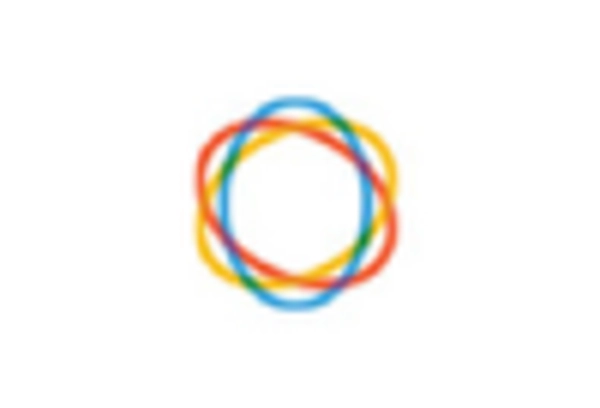
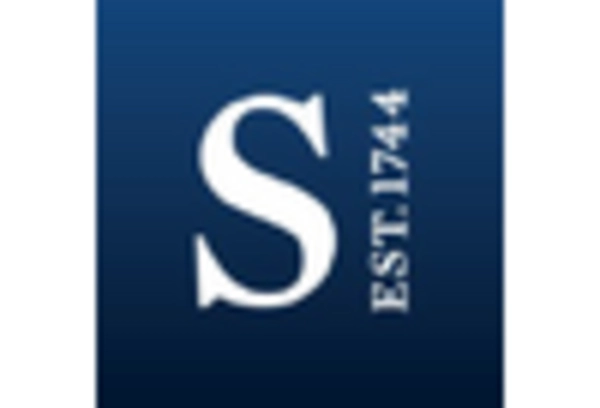








Leave a Comment